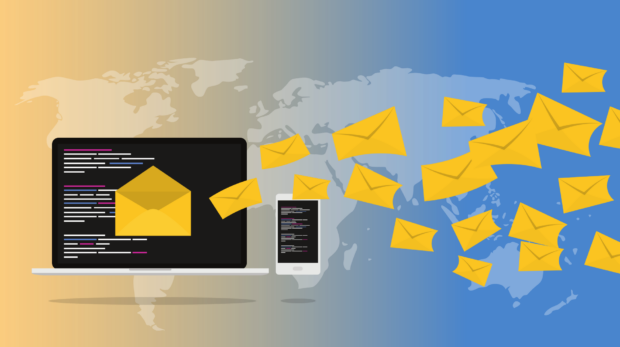There are a lot of reasons to personalize the customer shopping experience on your e-commerce site. Studies show that conversion rates are higher, and shopping cart abandonment is much lower when the user experience is customized to meet their needs and expectations.
What does this really mean to you? Site personalization is a necessary step for the success of your e-commerce store, but don’t let it overwhelm you. It’s not as complex as you might think, and many e-commerce platforms have built-in tools to help you. Here are some practical tips for personalizing your online customer shopping experience.
01) Onsite Personalization
The default of most websites is that customers are treated as anonymous, and with the new General Personal Data Requirements (GPDR) recently put into place, this is not a bad thing. It protects you legally and from liabilities that come from the misuse of customer information. However, if you want to personalize your customer’s journey rather than just showing them a common page, you will need to use some tricks that are a part of most e-commerce platforms.
- Where Your Customer Comes From: Things like geolocation, medium, the device they are using can all be used to customize the user experience.
- Cookies: These help identify guest users and leverage that information for subsequent visits and purchases.
- Customer Logins: This opens up endless possibilities for personalization, especially if the user logs in with social media or creates a profile on your site. This makes it possible to customize messages, upsell, cross-sell, and more.
- Predictive Personalization Tools: These tools predict customer behavior based on other similar customers from similar areas or using similar devices and more. This works well for visitors who do not log in.
This onsite personalization is the first step toward making shopping experiences for customers great on your site.
02) Grab User Attention
The first thing you need to do is to get the user’s attention. There are a number of ways to do this, from pop-ups, slide-outs, floating bars, and color animations. The key is that you must do things that are out of the norm. Let the customers know you care about them and their experience.
Whatever device you use should be easy for the user to close if they do not want to see it, and it should contain a message that will resonate with them and enhance their shopping experience. Test these regularly and keep using the ones that get the best response, and drop the rest.
03) Keep Them Engaged
Once you have their attention, you need to keep them focused. This means you need to get the personalized messaging right. How do you do this? You use all the information and data you have about them to target with an offer they find irresistible. The creative ways you do this will set you apart and make their experience unique.
The key is that this is a call to action, and for it to be effective, the user must take action, or all of that effort is for nothing.
04) Retargeting
Some customers are bound to come to your site and leave without taking any action. The question then becomes how do you get them back? This used to be much easier, as cookies would enable ads for your product and site to be displayed on other sites as the user browsed elsewhere. However, updates to the Apple browser Safari have marketers scrambling for solutions.
Retargeting is still valid though and combined with email personalization, it is one of the most effective ways to reach customers and get them to return to your site to make a purchase or even make additional ones once they have bought from you.
05) E-mail
Email is still the most effective lead generation method around and ignoring the personalization opportunities available there would be as silly as saying Amazon does not rule the online retail world. The truth is that Amazon, Apple, Netflix, and others are awesome at personalization when it comes to email, and that is one of the many reasons for their success. Segmentation, messaging, and a unique call to action (CTA) are all a part of email personalization.

06) Test & Test Again
The truth of the matter is this: every brand, every company fails at least once when it comes to personalization and marketing. Just ask Pepsi, Verizon, and others who have had dismal failures in this area. These brands do not give up though. They keep marketing and working at it until they find a formula that works.
Test: A/B test, run new campaigns, try new methods, and more to see what resonates with your customers and your prospects. What generates the most leads for you, and what method brings others back to your site over and over again? Keep using those and testing for more tactics that work well for you.
Creating A Better Customer Shopping Experience
Personalization is all about making your customer’s journey unique to them, which makes your brand stand out from the rest. You will have to be creative and work to set yourself apart. When you do, the conversion rates and increased sales you experience will make it worth your effort.

Private investor. Tech enthusiast. Broadcast TV veteran.











 4 Easy WordPress Page Builders That Simplify Website Production
4 Easy WordPress Page Builders That Simplify Website Production
Leave a Reply
You must be logged in to post a comment.